Gooseberry variety Date
Among the old Western European gooseberry varieties, the Date was the most famous in the USSR. Its genetic origin is unknown. It does not appear in the State Register of Breeding Achievements of the Russian Federation. But according to the experience of cultivation, it shows good results in the Central, Central Black Earth, Volgo-Vyatka, Nizhnevolzhsky, North-West and North Caucasian regions. It was widely used in breeding to create new types of culture. It is also known under other names - Green Date, Goliath, No. 8.
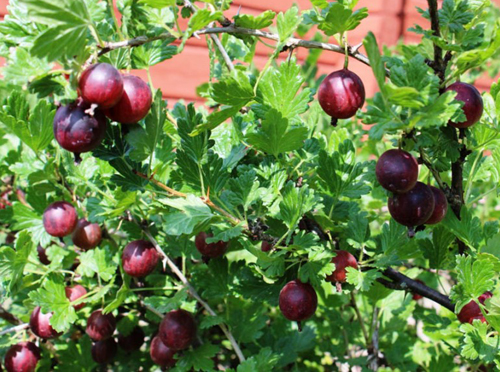
Description
The plant is vigorous, very spreading at a young age. The height of the bush is about 2 meters. Shoot formation is moderate, shoots are medium-thick, arcuate, with overhanging tops. The thorniness of the variety is moderate - from 34 to 52%. An interesting feature of the Date is that there are much more thorns on young shoots, but in the second year of life they shed almost half of the thorns. There are no thorns in the upper part of the gooseberry shoots. Spines are predominantly single, sometimes double or triple, medium-sized, brownish, slightly sloping downward. Internodes without spines. The leaves are large, slightly leathery to the touch, dark green, glabrous above, slightly pubescent below. The surface is slightly shiny, slightly wrinkled. The sheet plate is concave. The base of the leaf has a deep, sometimes shallow, notch. The plate is three-bladed, with deep cuts, the middle blade rises above the lateral ones. The lateral blades are wide. The teeth are slightly curved, with blunt tips.
Date berries are rounded-oval, sometimes pear-shaped, located singly. They are quite large, with an average weight of 5 - 6 grams and more, according to some sources, a berry can weigh 15 - 20 grams. According to research carried out, this gooseberry was included in the list of the largest-fruited varieties. At the base of the peduncle, there is often a one-sided ridge. The skin is dense, but not too thick, slightly covered with a waxy coating, without pubescence. Venation is mild, especially on ripe fruits. The main veins at the stalk are deeply embedded in the pulp. At the stage of technical ripeness, the color is greenish, the ripe fruits acquire a dark red or violet-red color, uneven in density. The pulp is juicy, multi-seeded, greenish in color. The taste is pleasant, sweet and sour, one might say harmonious, but not dessert, but rather a table one. There is no aroma. 100 grams of raw material contains: sugars - 9.06%, acids - 1.73%, vitamin C - 23.6 - 44.3 mg.
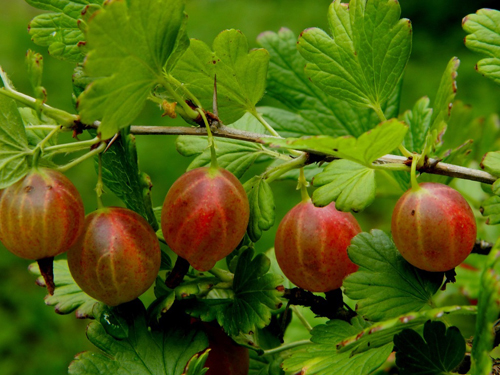
Characteristics
- During the fruiting period, gooseberries enter 3-4 years after planting;
- The date belongs to the late ripening varieties. So, in the conditions of Michurinsk, the crop ripens in late July and early August;
- yields are good, but depends on care. In Michurinsk the indicator is 9.7 - 12.0 t / ha, in the zone of sufficient moisture - 14.58 t / ha. On average, 8 kg of fruits are removed from one adult bush;
- peak fruiting occurs 8-10 years after planting. In one place, the species grows for about 25 years, but with the age of the plant, the berry may become smaller;
- the self-fertility of the variety is quite large, which allows you to get a crop even in a single planting. But with cross-pollination, the quality and quantity of berries only increase;
- ripe berries hold tightly to the branches. The crop may not crumble for 20 days;
- Date's immunity is weak, the plant is especially unstable to powdery mildew;
- the variety has good frost resistance. If the winter is snowy, then the bush covered with a snowdrift will calmly overwinter when the temperature drops to -32 ° C;
- the drought resistance of gooseberries is not very high, but the plant is able to survive short periods of drought;
- the transportability of fruits is at a high level. The dense skin helps to preserve the presentation of the berries;
- the way of eating fruits is universal. The crop can be used in its natural form, but most housewives are in a hurry to prepare blanks from it - jam, jam, marmalade. The variety is suitable for making wine.
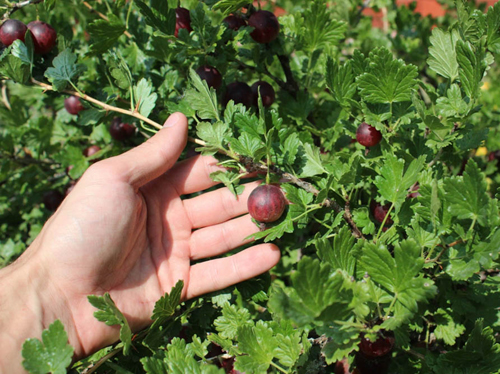
Planting and leaving
Choose the date for planting gooseberries taking into account the climatic features of the region: in warm weather the best time is autumn, in cool ones - spring. Given that the date is affected by powdery mildew, agricultural technology has its own characteristics. Choose a place that is sunny and dry, slightly blown during the growing season, but protected from winter winds. Experienced gardeners prefer to plant a spreading bush at a decent distance from other crops - about 2.5 meters. Such conditions and planting patterns will help keep the spread of the fungal disease under control. Soil requirements are standard. The culture is responsive to feeding. Before flowering and immediately after it, the bushes are treated with antifungal drugs, for example, Topaz or Fundazol. The second drug will additionally protect against spider mite larvae. And, of course, the main care technique is pruning. It helps to avoid thickening, reduces the risk of disease and increases yields. It is carried out according to the usual scheme.
Although the date is an old variety that is not resistant to powdery mildew, with good care it can please with its yield. Moreover, he entered the top of the largest-fruited species. Of course, one can argue about the taste, but the preparations from the harvested crop are excellent. True, for processing, it is better to collect the fruits at the stage of technical ripeness, but for food - well ripened. Due to its excellent winter hardiness, gooseberries will not give much trouble in preparing for winter.
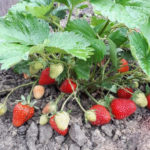
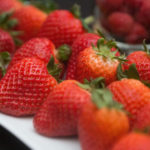
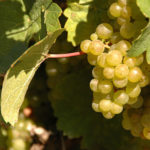
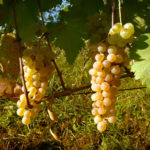
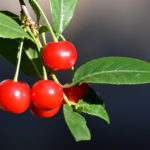
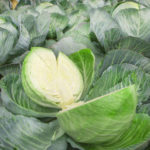



Well ripened, very sweet. I didn't get very large. I could not hang up to dark-dark brown (or burgundy) either - I was brown, like in the photo, then it overripe and began to wither. I was sick with mealy at the tips of the shoots, I did not succumb to the "topaz" (radishes!) - the site is such, mealy on it for one or two visits comes even to flowers and weeds, not like kryzh. The berries were always decent and she stayed clean. In the winter of 2019-2020, it turned out to be one of the three frozen at the root.